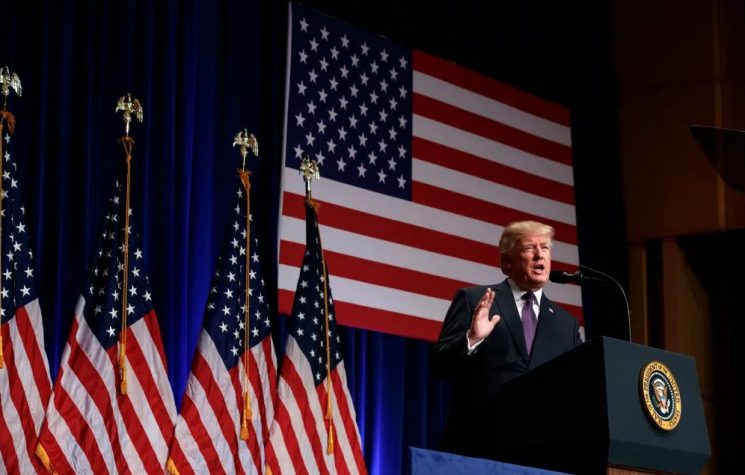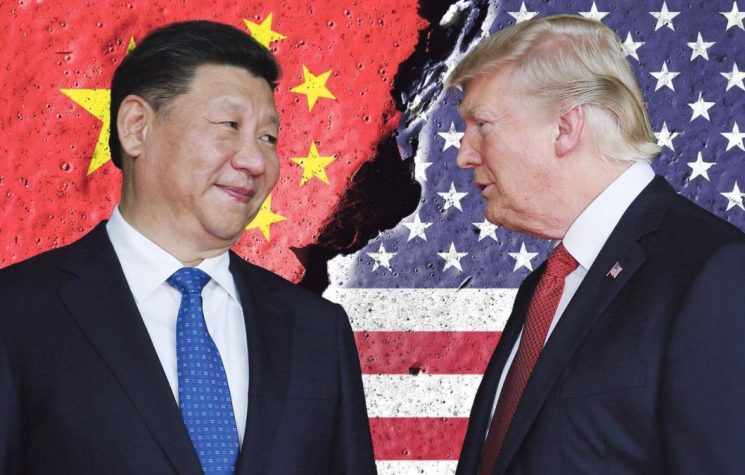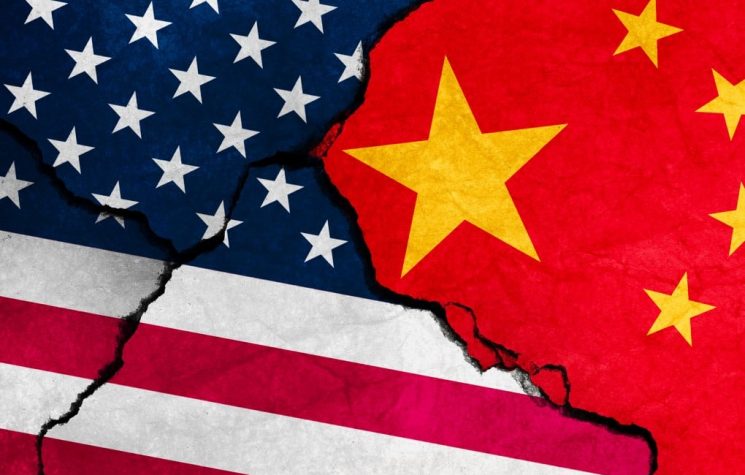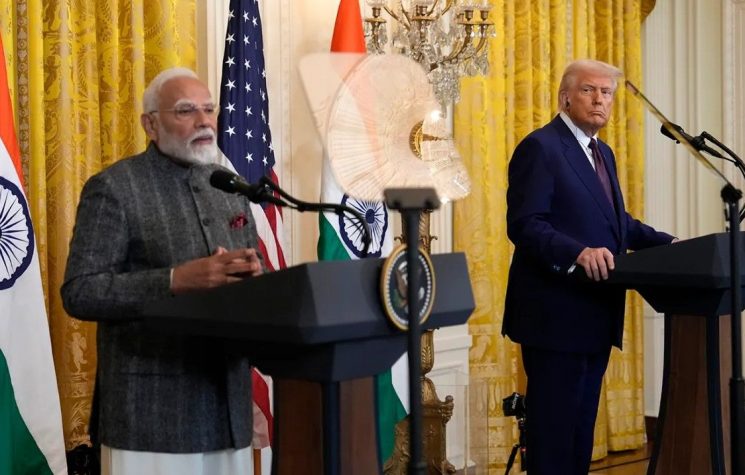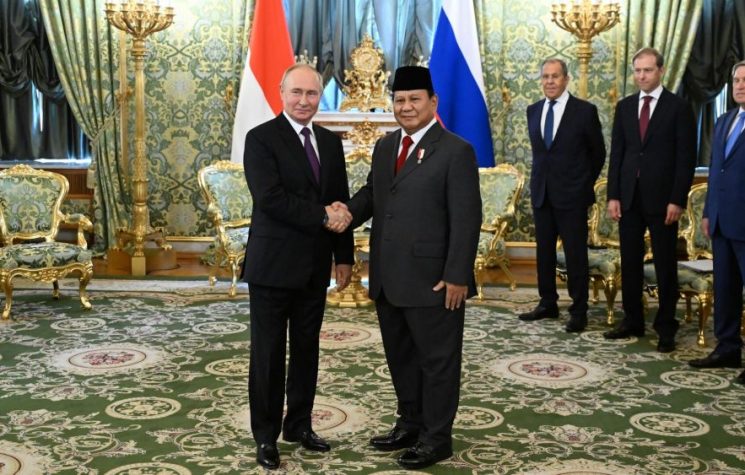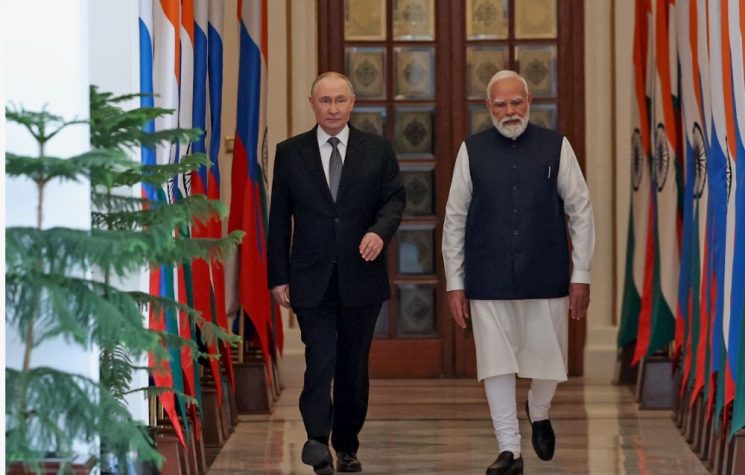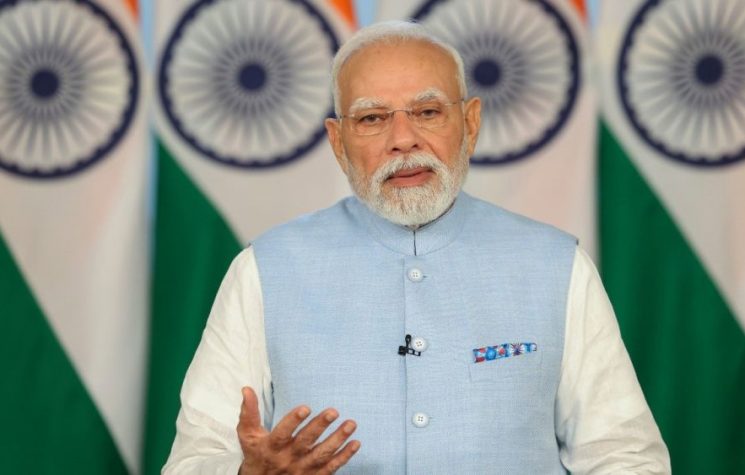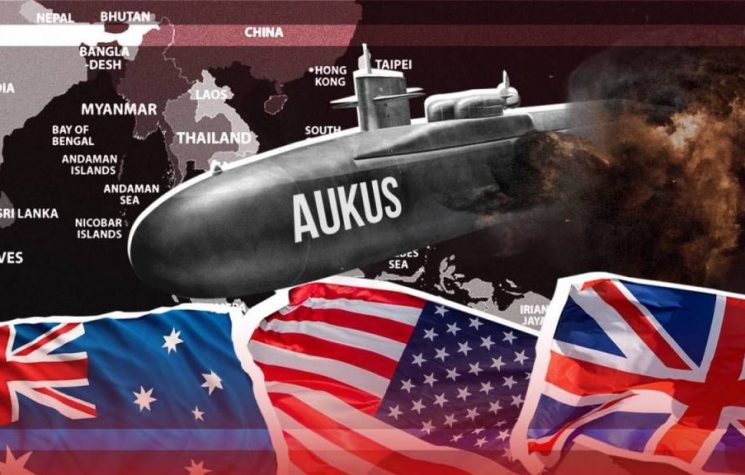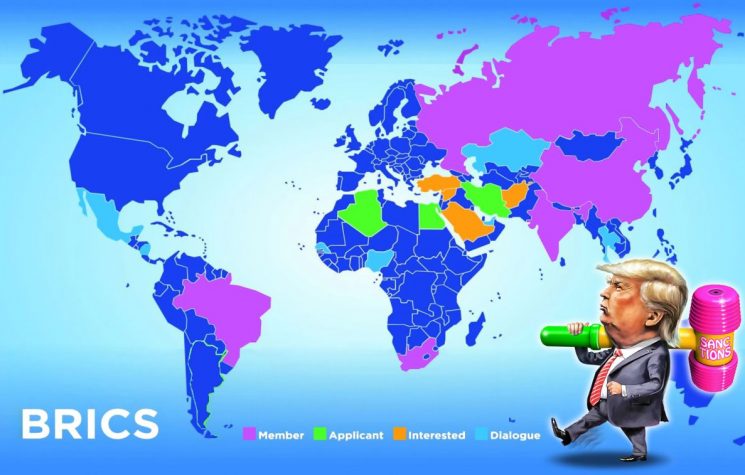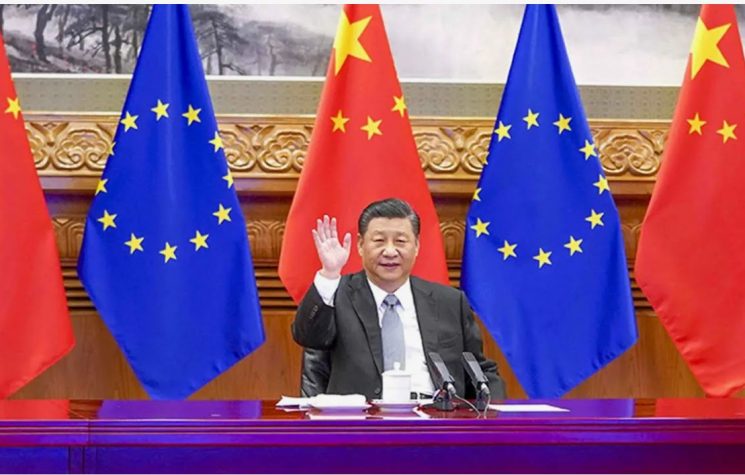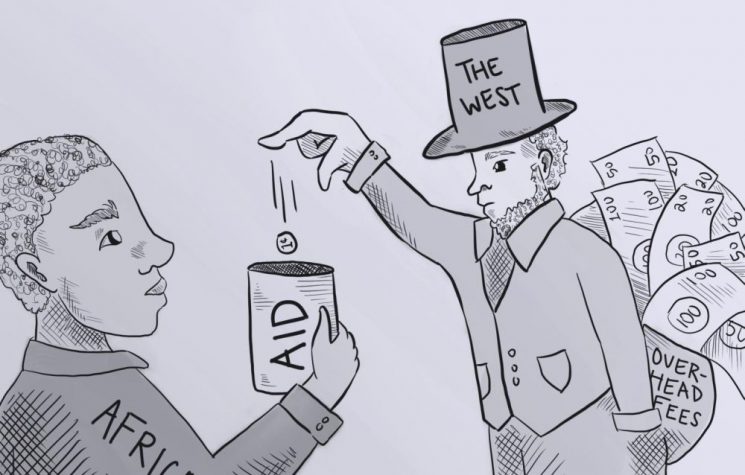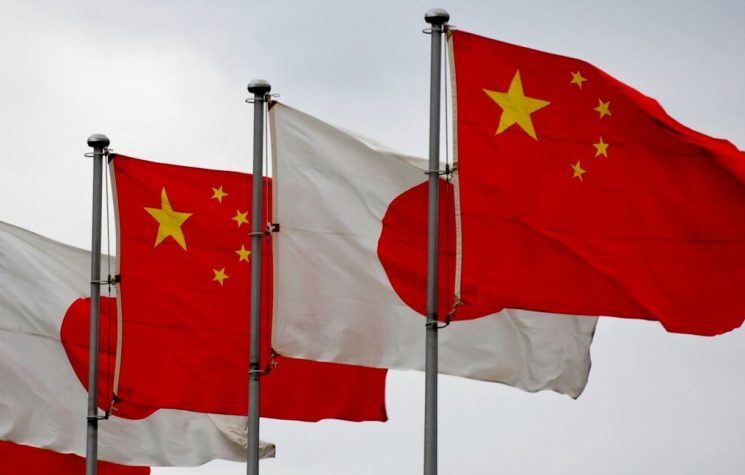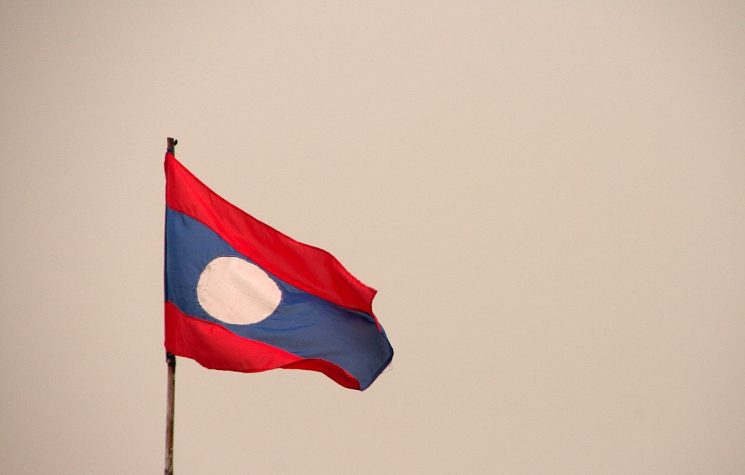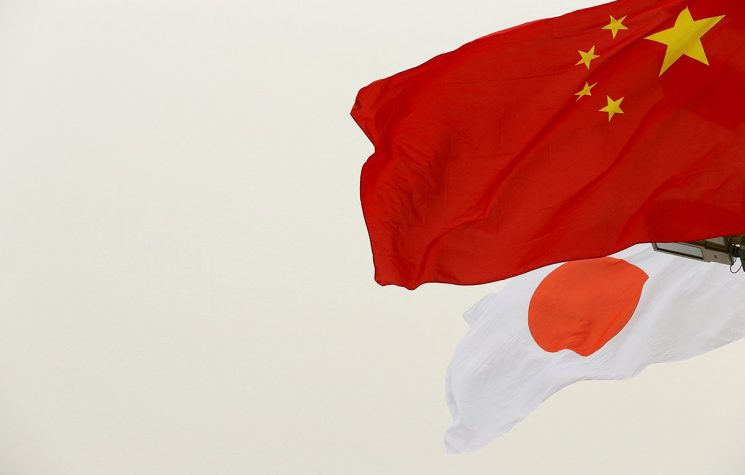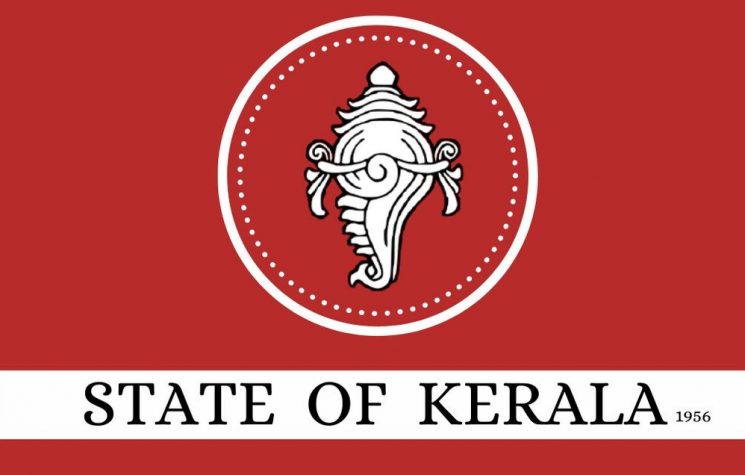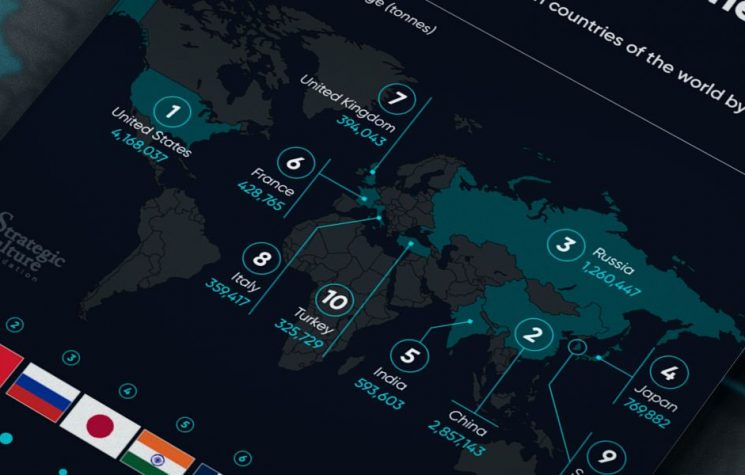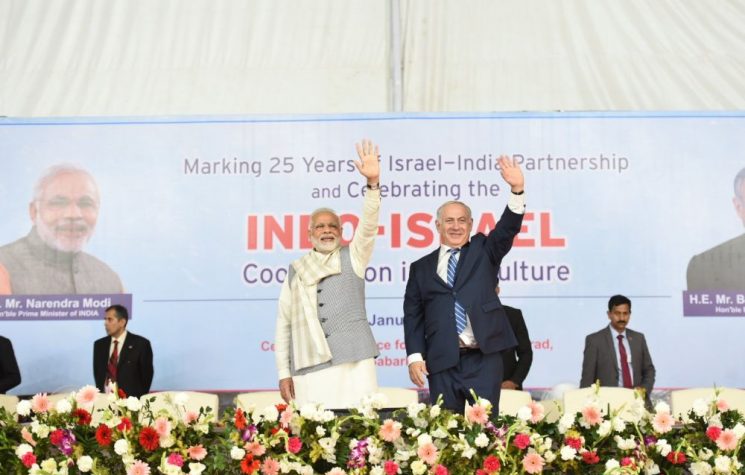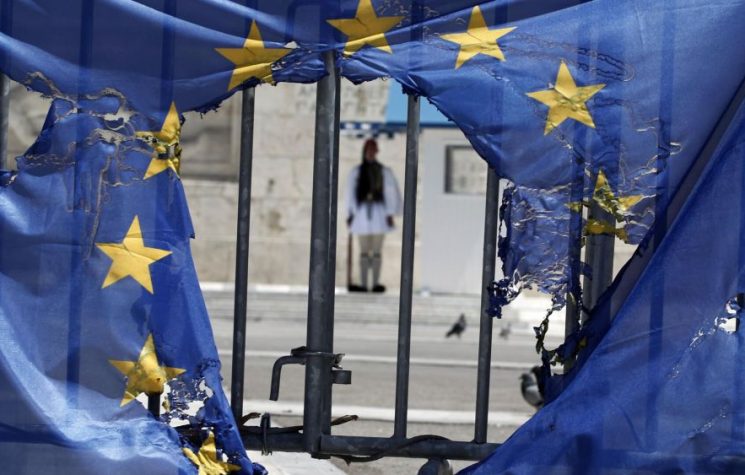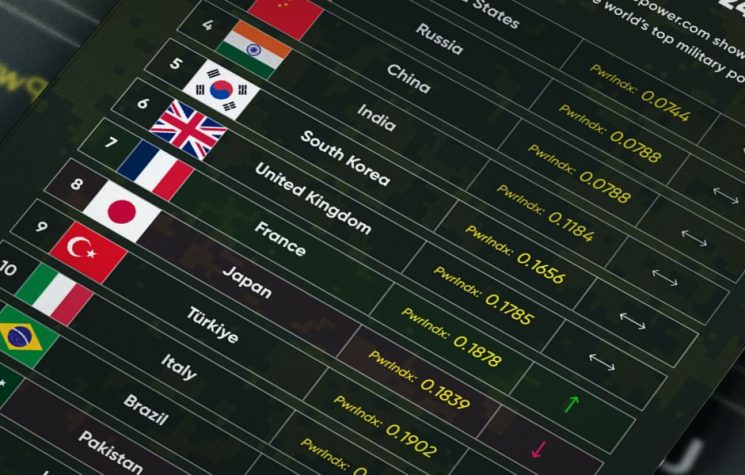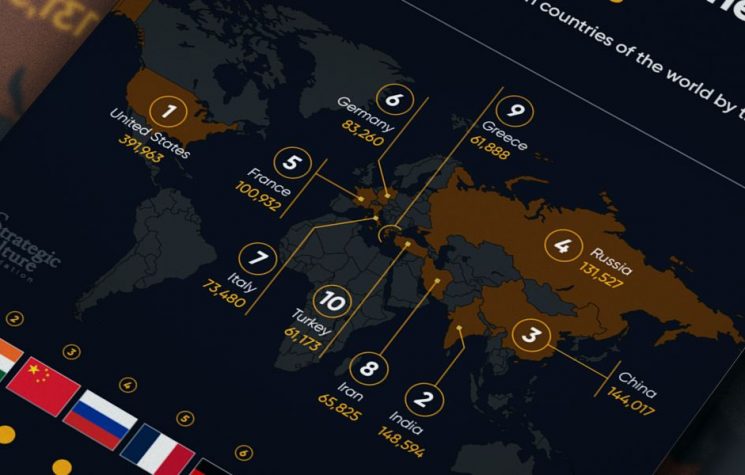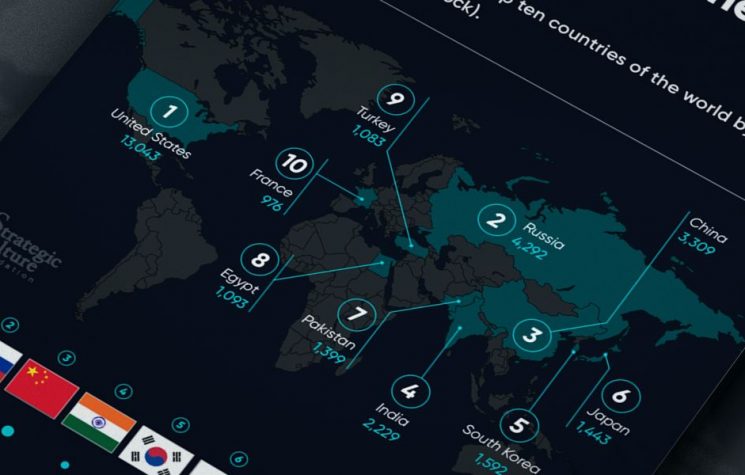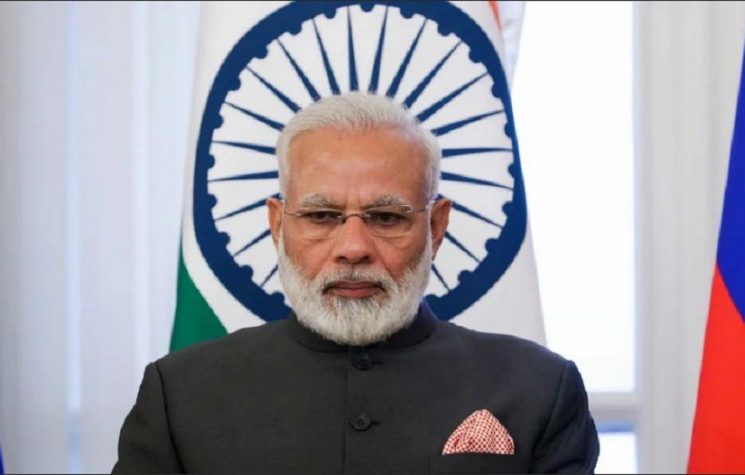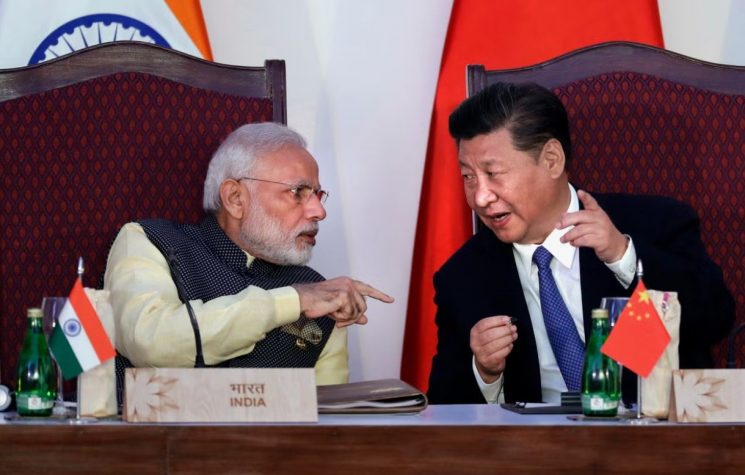Japan, China, Indonesia and the other major players in Asia’s oceans should pull their horns in and work to solve common problems rather than making more problems for India
Contact us: info@strategic-culture.su
Now I Am Become Death, the Destroyer of Worlds.~ Bhagavad Gita
Although Russia, China, India and the world’s other adult powers are no doubt laughing themselves silly from watching VPOTUS Vance scold the European Union’s nobodies, they have other, more adult concerns that factor around Diego Garcia, the South China Sea and wherever else they might clash with Uncle Sam. Critical to how those clashes will play out is what side, if any, India will take.
Gone are the days of the Raj, of the Bengal Famine, of the Indian Mutiny, of Amritstar and all the great Anglo-Indian wars where Kipling’s Redcoats put manners on the “natives”. Gone, too, are the days of getting the Indians to fight “the Japs” in Burma and “the Krauts” in Sicily. Now, as the Indians pick their own battles, the European Union’s nobodies are hoping to cash in helping India to tool up. The French, who would sell weapons to the devil if the price was right, are telling the Indian Air Force (IAF) that their Rafaele F-35 jets knock the socks off the Russian SU 57s and their American equivalents; as the Russkies are offering India a more complete and comprehensive package and, as Russia has some leverage with China, Asia’s other military elephant, the smart money has to be on Russia maintaining its traditional market dominance until it passes the baton over to India, who are busily developing their own stealth fighters.
Although the German engineering and steel production conglomerate Thyssenkrupp is set to build six multi-billion-dollar submarines for the Indian navy, even that will not knock the Russkies off their Indian perch. Whereas the Russians supply 38% of India’s military imports as against 33% for France, 13% for the United States (tariffs here we come), 9% for Israel and 3% for South Korea, India has to maintain strong ties to the Russian defence industry not only for historical and logistical reasons but also to maintain the current equilibrium with China. Should India allow itself to be embraced too tightly by the West, that would have very negative repercussions between itself and Russia, China and, perhaps, Pakistan as well. Because India, with all its other problems, does not need that, steady as she goes is the best policy for India’s soldiers, sailors and marines
Not that India is asleep at the wheel. During the 2004 Asian tsunami, India, along with Japan, was the only Asian power able to launch a credible blue-water navy, meaning it was leagues ahead of China in that important respect. Although India’s military still needs massive modernisation, they have racked up a credible number of battle honours and our good friends in the CIA reckon they could overrun neighbours like Bangladesh in a matter of hours if given orders to do so. Unlike Europe, the Indians are no joke.
India’s current strike force centres around two carrier battle groups, INS Vikramaditya and INS Vikrant, a newer indigenous aircraft carrier. The Indian Navy currently operates two Arihant-class indigenously developed nuclear-powered ballistic missile submarines with two more under construction, along with leasing one Akula-class nuclear-powered attack submarine and it has many more ships of different types planned or under construction.
Although this recent SCF article helpfully informs us that “the Pentagon is recruiting Elon Musk to help them win a nuclear war”, we all know India is awash with brain boxes who are critical in developing nuclear and AI based weapons systems. And, as the authoritative Jane’s Defence Weekly informs us that the Indian Army displayed Ten AI Weapon System (TAIWS) – an artificial intelligence (AI)-based remote weapon – at their recent Aero India 2025 show in Bangalore, we have to conclude, even leaving her considerable military joint ventures to one side, that India is very much in the Big Boys’ League when it comes to military firepower.
This is not to say that all-conquering Indian armies will be wolfing down Peking duck in downtown Beijing or chicken karahi in downtown Karachi any time soon, but it is to say that India is a very major player when it comes to high stakes fisticuffs.
This is not to ignore India’s glass jaws but it is to say that India has a formidable array of big boys’ toys to protect that glass jaw and project its power from Africa to the seas surrounding Japan and the Philippines, all of which amount to a hell of a lot of water.
Although India seems to have solved its energy needs with the help of its traditional Russian ally, her reliance on having to import synthetic and natural graphite, lithium oxide, nickel oxide, nickel sulphate and copper cathodes puts India at a considerable disadvantage. Although all suitors are trying to entice the IAF away from Russia, it is doubtful whether India’s glass jaws can allow her to jump ship, given how choppy are the political waters she currently finds herself in.
Further, if we look at India’s key exports, we see non military oddities like fake hair and knit sweaters given undue prominence, as well as India’s specialisation in spice seeds, synthetic reconstructed jewellery stones and knotted carpets also being prominently mentioned in dispatches.
When all of this if factored into our calculus, it has to amount to very bad news for any American armada trying to throw it weight around southern and southeast Asia as India cannot afford to take on a Russian-backed China unless they decide to destroy this world as well as whatever make believe worlds Trump and Europe’s nobodies might feel they can construct. Not a pleasant determination, to be sure, but one that might get Japan, China, Indonesia and the other major players in Asia’s oceans to pull their horns in and work to solve common problems rather than making more problems for India and other tooled up militaries with Shiva‘s formidable destructive forces at their disposal.










